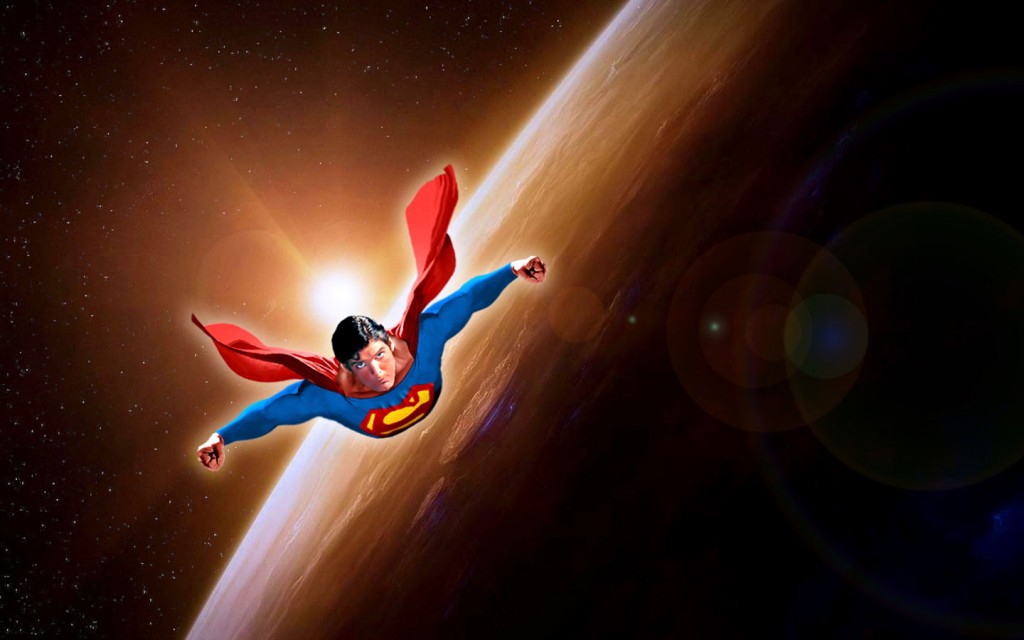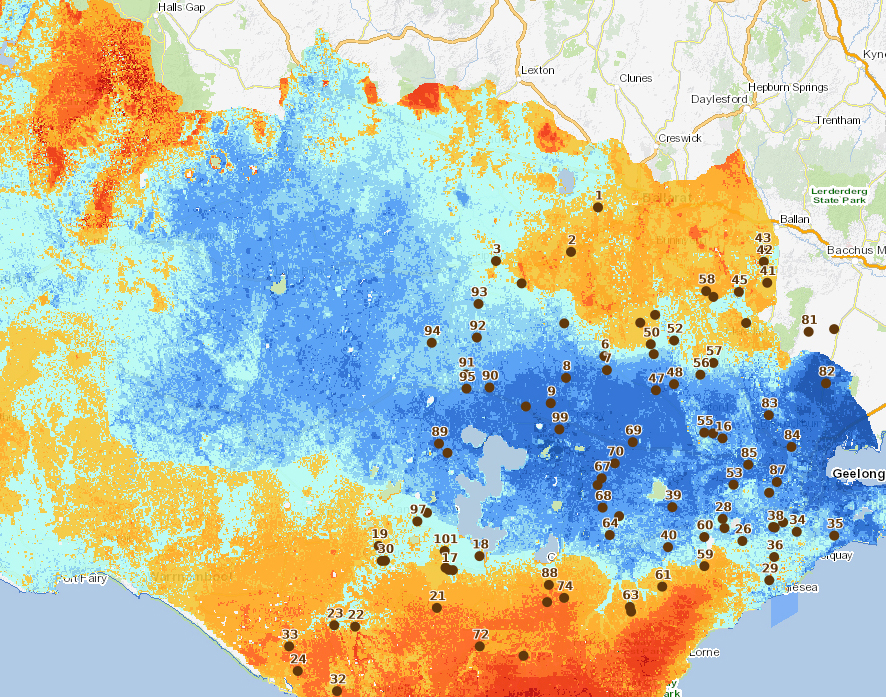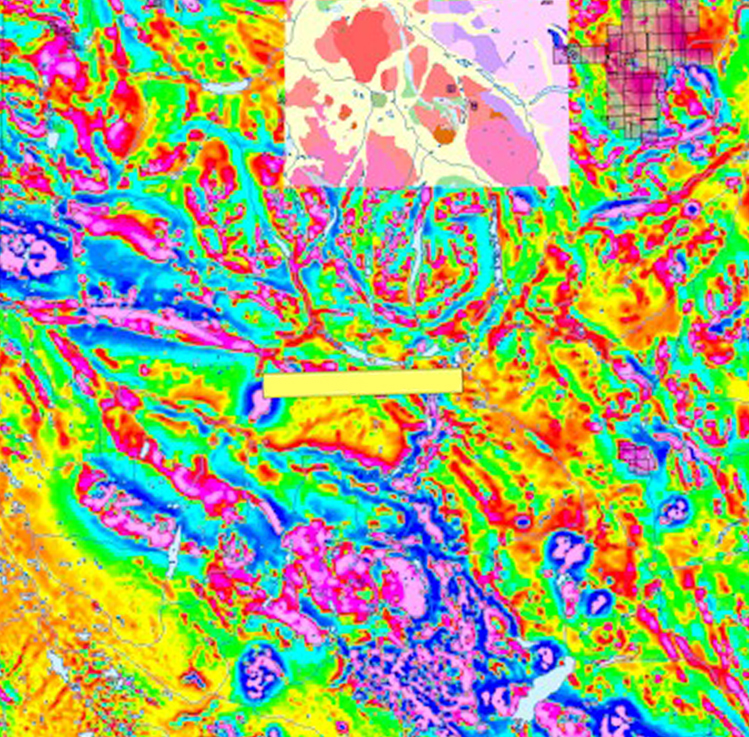Hello. I’m Nemo.

Last week the Mayor of Wellington, Celia Wade Brown, tweeted excitedly that she was at the Wellington awards for Spatial Excellence, and that there was some fantastic spatial stuff out there. I’m not a fan of Twitter or the people that tweet non-stop about their experiences and occasional thoughts, as it is inevitably fairly banal, but there was something about this that made me stop and think.
Spatial Excellence?

What’s that then? Spatial as in, being in a space? A really well designed space? The sort of well-designed space that we might call a room then? Or a series of rooms, that we normally call a building? Isn’t Spatial Excellence just another word for good architecture? And don’t we already have a series of awards for good architecture, called the NZIA Awards?
Bizarrely, it seems not. In fact, not only have architects had the name of their profession stolen from them, with Information architects, Enterprise architects, and even Lash architects, but now even what they do – spatial design – taken away as well. First of all there was Spatial Design, a field being offered by Massey and dodgy second-rate design schools, which is basically a form of interior design, but with a sexier name. I met one of these so-called spatial design people the other day, and asked them what they did for a job. The person said: “I have a degree in Spatial Design.” It turns out that they plan out the space between the kitchen stove and the kitchen sink, and plan where the drawers go. Really hard work. Really bugger-all to do with spatial design, in my view. Bugger-all to do with space at all really.

So, what is an award for Spatial Excellence then, and who gets one of those? Architects? No. Kitchen designers? No. Human geo-political geographers, transport planners and IT planning geeks? Why, yes indeed!
It’s true. Bizarre as it may seem, the people that divide everything up into 2D slices of data and map it out in a GIS database, the very people that view the world as flat and packaged up neatly into data mesh-blocks, and the people who design road safety networks, are now also calling themselves spatial designers, and awarding themselves awards for Spatial Excellence, and getting our IT Geek Mayor all excited as well.

Here is what they say about their awards:
“The Awards seek out and give recognition to the best, the high achievers, and the contributors who set the benchmarks that others will follow – becoming the role models for the next generation of our profession. The Awards are a joint venture between the spatial profession, business and government to hold annual awards for all sectors, disciplines and communities that make up the spatial industry. Each partner will contribute its resources and expertise to make sure the awards reach the highest standards of excellence and independence.”

Can anyone tell me what that might mean then? The spatial profession? Who the heck are they? Well may you ask. No, go on, you may!
This year, it seems, the “Spatial Profession” is primarily comprised of traffic design engineers. The 2015 Student Awards went to:
Hamish Kingsbury of University of Canterbury, with a scintillating topic called “Incorporating road safety into a vehicle routing network”
Sigh…..
Roading engineers.






The spatial excellence awards seem well named- what we once call GIS is now a three dimensional (four dimensional in many ways) discipline that has moved beyond the 2D slicing- if you want to see what the spatial profession is and where it has come from and going head along to the “unfolding the map” exhibition at the National Library.
In many ways the spatial profession is a new name for an old profession- they used to be called map makers, but that doesn’t take into account the BIM makers, City Modellers, Urban Analysers and the myriad of other fields which can only really be defined by their relationship with space. For the record the only traffic engineer I saw there was a company director – and the curve safety analysis is useful and shows a student project that displayed a range of skills. The other projects ranged from conservation and species protection to communicating the planning system more effectively.
Architects interact with these spatial professionals all the time, if you want to understand the patterns of the city, like how street environments relate to pedestrian flows, or how ownership patterns relate to the development and developability of the city then these are the people which get and analyse the data and to create the insights required (check out some of the smart city revolution – its’ underpinned with the work of these professionals) . There isn’t a reason to feel resentful or encroached on as an architect- there are lots of spatial professions – like urban planning and landscape architecture – these guys just happen to have it in their names.
Thank you Sean, great reply and really informative. I’ll go off to the National Library tomorrow then to check it out !